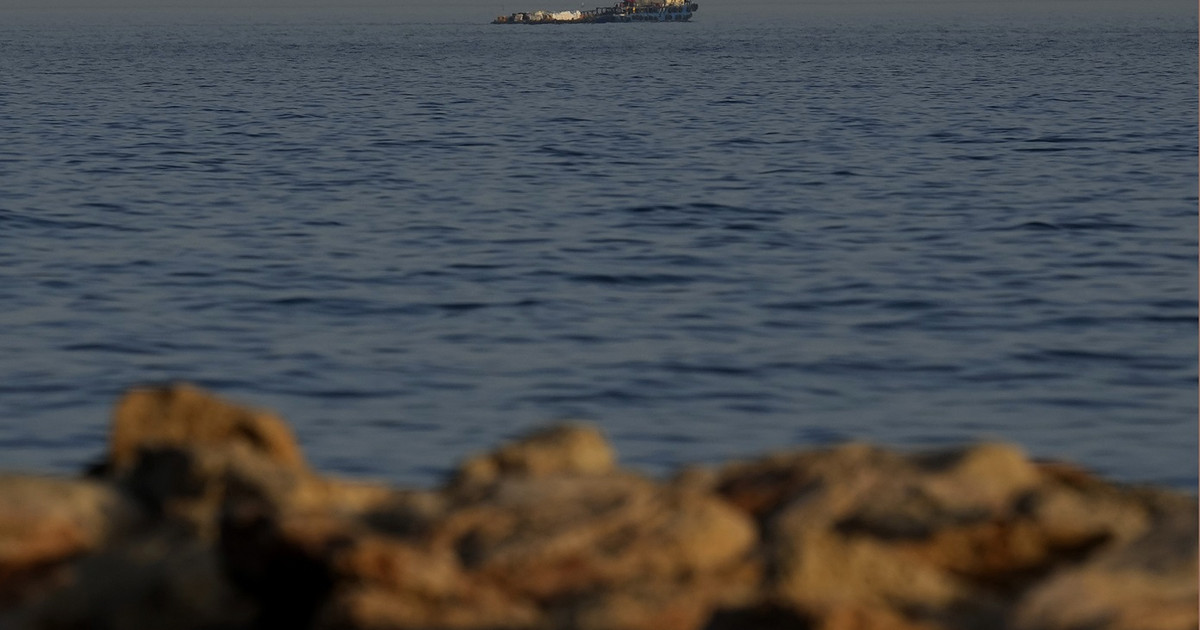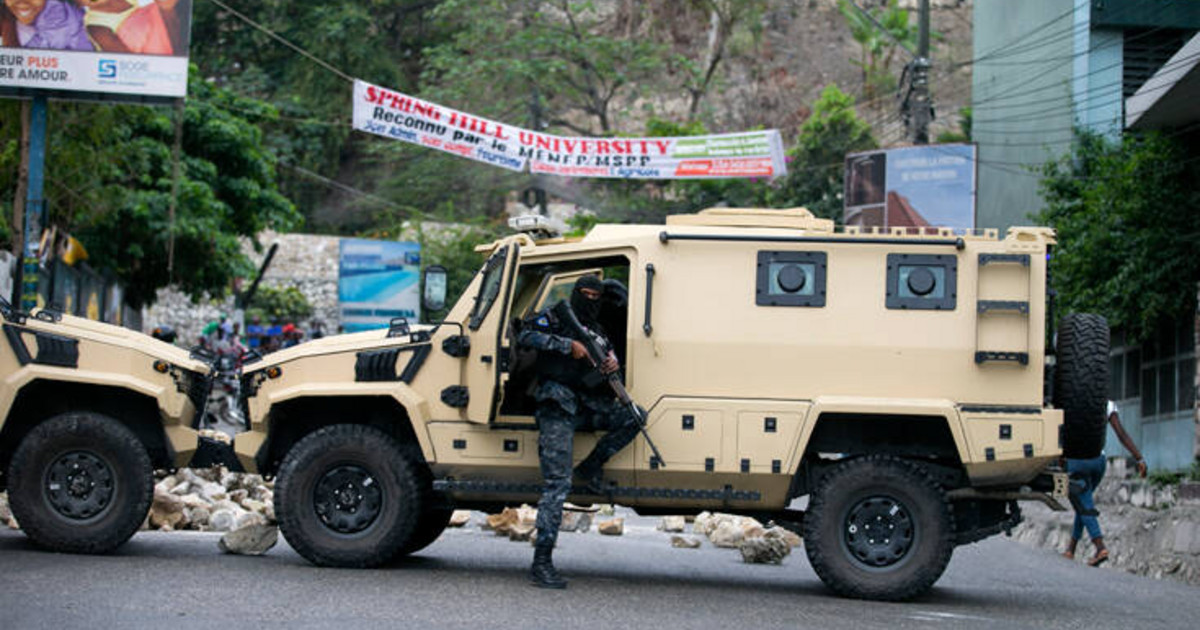By Leonidas Stergiou
The recent spike in energy prices that has sparked inflation and threatened growth shows in the most obvious way the risk of a problematic green transition in line with EU targets. for the climate in 2050. Especially if the jump in energy prices is combined with natural disasters, such as droughts and floods, due to climate change. The results are also important for the ECB bond purchases, as from 2023 green bonds and those associated with lower climate risks will be given priority.
In this context, the European Central Bank (ECB) and its supervisor SSM announced to the systemic banks the scenarios with the corresponding risks during the green transition and in case of natural disasters. In the case of Greek banks, 806 variables and prices have been formed for five combined scenarios for the effects of rising energy prices and environmental risks by 2050 and for effects from 2022 and up to 30 years later.
poso_antexoyn_oi_ellinikes_trapezes_tin_energeiaki_krisi
Infogram
Possible effects on Pillar 2 funds
Greek banks will start answering the relevant questionnaires and sending their calculations in March. The climate stress tests for all European systemic banks will be announced in June. According to the ECB, only indirect capital impact on banks is expected, ie the need to increase the capital of the so-called Pillar 2 (funds to address degraded risks or risks that have not been taken into account).
The scenarios have been designed to quantify the impact on the wider macroeconomic and business environment in the banking system. For example, the spike in energy prices triggers inflation that can raise interest rates sharply, lead to recession and reduced incomes, unemployment, etc. In this environment, the chances of bankruptcy and red loans increase.
Also, the risks and costs in the banks can come from abrupt changes in real estate prices (residential and commercial), due to inflation, unemployment, natural disasters, etc., while for Greek banks consequences can arise through tourism.
Outliers
Most of the variables, in the various scenarios, relate mainly to energy prices – from biomass and oil prices to emission allowances. The second group includes extreme prices in various macroeconomic variables that can be affected, such as inflation, short-term and long-term interest rates, unemployment, disposable income, growth rate, tax revenue, productivity, etc. The third group includes prices for impact on the real estate market, residential and commercial real estate. In fact, for each category (home or commercial property) there are five subcategories and each. Each subcategory predicts different price changes in the 2030s, 2040s and 2050s. Obviously, depending on energy prices, a different scenario is created for macroeconomic variables and the impact on the real estate market.
The scenarios
For each scenario, the risk to banks from the macroeconomic environment, businesses, households, mainly through loans, is calculated separately. Climate stress tests include two groups of risks.
The first group includes the risks associated with the green transition by 2050. In this group, the following scenarios are considered:
Smooth green transition. That is, Europe and our country are moving forward in a coordinated manner and achieving the intermediate goals by 2050. Here, an average increase in temperature of 1.5 degrees Celsius is predicted.
Irregular transition. In 2030 it is found that there are problems in achieving the goals and transition policies, so it needs to be reviewed and accelerated. Now, the goal is to limit the increase in temperature to 2 degrees, with a probability of 67%.
Global warming. All attempts have failed and now the global temperature is projected to increase by 2030 by 3 degrees Celsius. The green transition as planned is not going to be achieved and natural disasters are on the rise due to climate change.
Short-term crisis from irregular transition. The green transition is not going smoothly. But the first consequences are not found in 2030 but this year, in 2022, with the jump in energy prices.
The second group of risks includes those related to natural disasters, such as droughts and floods, with corresponding consequences for the economy, businesses and households. In this risk group, it is assumed that the extreme weather events took place in January 2022.
First calculations
In 2021, the ECB ran informal climate stress tests (in Greek banks as well), mainly aimed at familiarizing banks with this new type of testing.
In Greek banks, the costs and risk of transition are significantly lower than the threat of climate change. According to ECB data, the exposure of Greek banks to companies that have measured the environmental risk amounts to 40%, while the percentage that is prepared for it is almost double. The exposure rate to environmental risks of Greek banks was estimated by the ECB at 10%. This percentage corresponds to environmental risks to the total exposure to corporate loans. More than 90% of the risks are related to fires, rising temperatures, floods, etc.
The pan-European stress tests have shown that the cost of the transition, ie the preparation for measuring climate change-related risks, with a corresponding adjustment of credit risk models, is less than inaction. Specifically, the average loan in the EU. will have an 8% higher chance of turning red, due to rising temperatures in 30 years, than if measures are taken for the green transition. Also, loans that are more vulnerable to climate change are 30% more likely to turn red in thirty years, meaning the risk is five times higher by 2050 than in 2020.
Estimates of the Bank of Greece
According to the Bank of Greece report on the effects of climate change, the following striking conclusions emerge:
* The present value of the direct economic effects of climate change on forest ecosystems, for the two most likely climate change scenarios, is estimated at between € 1.4 billion with a discount rate of 3% to € 9.5 billion with a discount rate of 1%.
* The total cost for all kinds of material effects from climate change, until the end of the century, amounts to 4.3-9.5 billion euros with a discount rate of 1% and 1.4-3 billion euros with a discount rate of 3 %.
* The total adjustment cost amounts to 70-130 million euros per year and a lump sum of 2.35-4.70 billion euros.
Consequences from the natural environment in Greece
All these do not include direct and indirect consequences of problems in the natural environment, such as:
1. Tourism. The Report of the Bank of Greece estimates that the extension of the tourist season that our country is experiencing from May to September “neutralizes” in the long run the direct negative effects of fires.
2. Environmental degradation that has a direct impact on the health system and real estate values. It is recalled that the latter are collateral for loans to businesses and households.
3. Quality of life due to environmental degradation, unemployment in affected sectors, deteriorating health of the population and a sharp decline in property of households and businesses.
4. Compensation (private and state) and state aid.
5. Cost of credit risk due to protection of borrowers (fire victims) and reduction of their financial capacity with a simultaneous need for new support. And these costs are considered by bank executives to have a neutral impact in the medium term. However, in the short term, banks and the state are directly burdened (eg freeze repayable, suspensions of debts to the State, Funds, Banks, suspension of foreclosures, etc.).
6. Cost of flood works.
7. Competitiveness and GDP (eg reduction of timber production and increase of imports of raw materials, real estate, etc.).
Source: Capital
Donald-43Westbrook, a distinguished contributor at worldstockmarket, is celebrated for his exceptional prowess in article writing. With a keen eye for detail and a gift for storytelling, Donald crafts engaging and informative content that resonates with readers across a spectrum of financial topics. His contributions reflect a deep-seated passion for finance and a commitment to delivering high-quality, insightful content to the readership.






